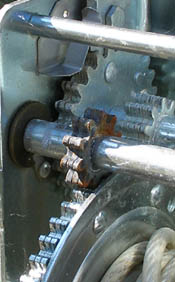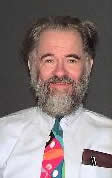Online Physics for Teachers
Electricity and Magnetism Course

There are 10 units, as described below. Each unit starts with an exploration (simple qualitative investigations) of the subject of the unit, followed by two activities (more formal investigations, frequently having a quantitative component). The sections "About ..." are a few pages of text and pictures explaining the relevant scientific concepts. The final section "Discussion of ..." presents some questions for the participants to discuss. They email their discussion to the workshop instructors. In addition, many sections have an additional page "Why study (the subject of this unit)?"
Here is an outline of the activities of the course, and a few sample pages.
- Timing
Learning how to use the stopwatch, and how deal with measurement errors - Force
Measuring force; interacting systems; Newton's Third Law
Science Content: Force - Balanced forces
Static equilibrium - Force and energy
Energy and levers
- Uniform motion
Newton's First Law - Acceleration
Acceleration in one dimension. Acceleration involving change of direction of motion. - The law of force and acceleration
Newton's Second Law
Why Study The Law of Force and Acceleration?
Rolling Race - Potential energy and kinetic energy
Magnet launcher - Friction
- Vibration
Joseph P. Straley
Department of Physics & Astronomy
University of Kentucky
Lexington, KY 40506-0055
(859) 257-3197
sciworks@pa.uky.edu
Department of Physics & Astronomy
University of Kentucky
Lexington, KY 40506-0055
(859) 257-3197
sciworks@pa.uky.edu

